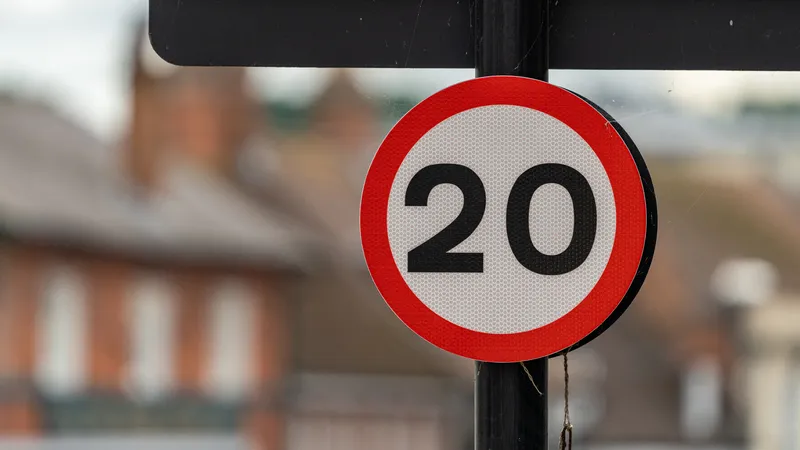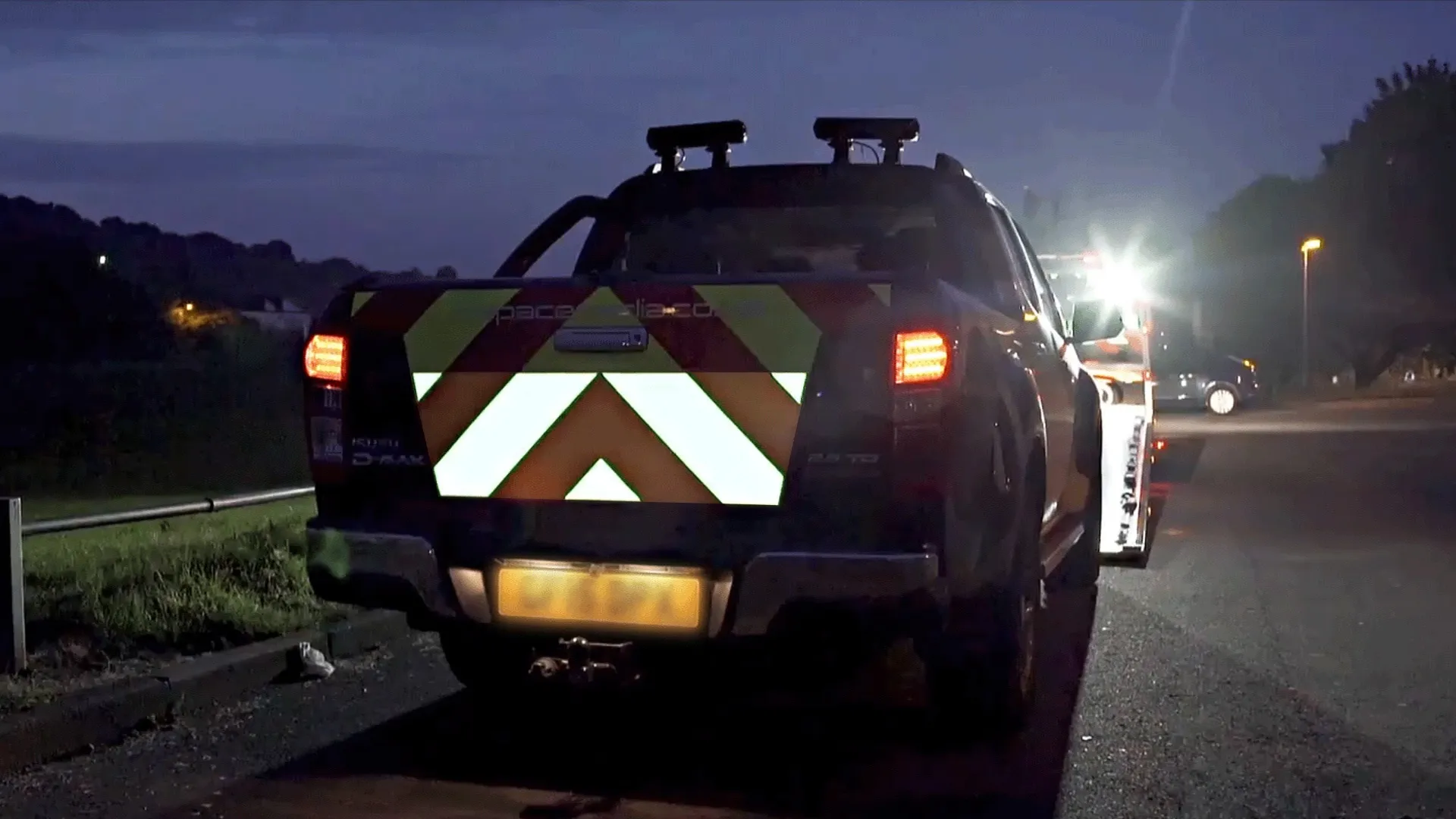UK company, Astucia, part of the Clearview Traffic Group, and Balfour Beatty Mott MacDonald has installed over 4,000 Astucia SolarLite road studs on the M20 junctions 8 to 9 between Ashford and Maidstone, on behalf of the UK Highways Agency. This section of the motorway lacks street lighting increasing the potential risk for night time accidents. The project involved upgrading the existing road markings and road studs to address the high number of collisions recorded in the dark and wet conditions. The exis
October 23, 2012
Read time: 2 mins
UK company, 1875 Astucia, part of the 557 Clearview Traffic Group, and 3902 Balfour Beatty 1869 Mott MacDonald has installed over 4,000 Astucia SolarLite road studs on the M20 junctions 8 to 9 between Ashford and Maidstone, on behalf of the 1841 UK Highways Agency.
This section of the motorway lacks street lighting increasing the potential risk for night time accidents. The project involved upgrading the existing road markings and road studs to address the high number of collisions recorded in the dark and wet conditions. The existing traditional retro-reflective studs, many of which had become faulty, were removed and replaced with over Astucia SolarLite road studs.
Astucia claim their road studs have demonstrated that they can form the future of traffic safety by providing enhanced safety for road users reducing night time casualties by up to 70 per cent. The M20 installation joins other equally vital and environmentally conscious installations already seen on the A20 in the county fondly known as the Garden of England.
Astucia managing director Nick Lanigan states “This is a superb example of the type of scenario where installing Astucia SolarLite road studs will make a real difference to the safety record and the public perception of their safety whilst travelling on this section of the M20 motorway. These unique studs significantly improve lane and road layout visibility during the hours of darkness, resulting in drivers adjusting their driving speed and behaviour and reducing the amount and severity of night time accidents.”
This section of the motorway lacks street lighting increasing the potential risk for night time accidents. The project involved upgrading the existing road markings and road studs to address the high number of collisions recorded in the dark and wet conditions. The existing traditional retro-reflective studs, many of which had become faulty, were removed and replaced with over Astucia SolarLite road studs.
Astucia claim their road studs have demonstrated that they can form the future of traffic safety by providing enhanced safety for road users reducing night time casualties by up to 70 per cent. The M20 installation joins other equally vital and environmentally conscious installations already seen on the A20 in the county fondly known as the Garden of England.
Astucia managing director Nick Lanigan states “This is a superb example of the type of scenario where installing Astucia SolarLite road studs will make a real difference to the safety record and the public perception of their safety whilst travelling on this section of the M20 motorway. These unique studs significantly improve lane and road layout visibility during the hours of darkness, resulting in drivers adjusting their driving speed and behaviour and reducing the amount and severity of night time accidents.”









